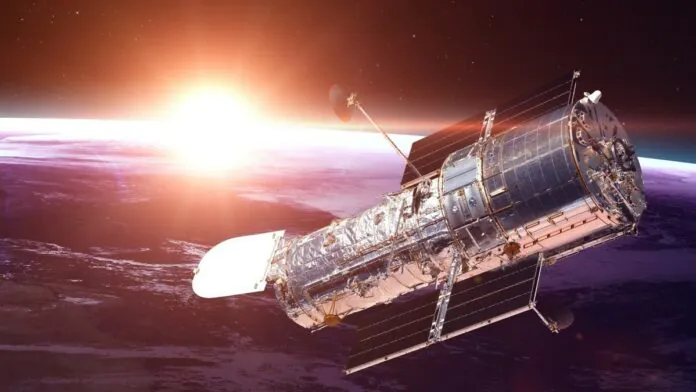© ROOT-NATION.com - Use of content is permitted with a backlink.
NASA has published a new huge report, which astronomers call “Hubble’s magnum opus.” Analyzing 30 years of data from the famous space telescope, the new study gives the most accurate idea of how fast the universe is expanding. Astronomers have known for most of the century that the universe is expanding by observing galaxies moving away from us – and the farther they are, the faster they travel. The speed at which they move relative to their distance from Earth is a number called the Hubble constant, and this value was one of the main missions of the space telescope of the same name.
The joint project of NASA and the European Space Agency (ESA) was launched on April 24, 1990. Once in orbit, the first orbital telescope Hubble launched an astronomical revolution. Prior to that, the main problem of optical astronomy was the heterogeneity of the Earth’s atmosphere, which distorts the light of stars. Because of their flicker, astronomical visibility from Earth is limited, so space is the only place where a telescope can get a clear idea of the universe.
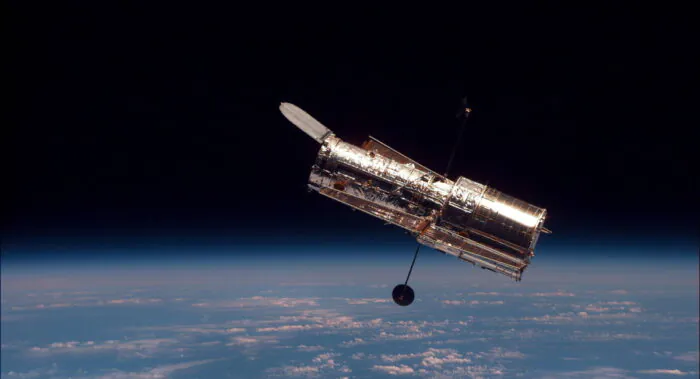
The Hubble Space Telescope is a huge space observatory for exploring the universe in the visible, ultraviolet and infrared wavelengths. Such a wide range allows the spacecraft to obtain clear images of stars, galaxies, and other astronomical objects, which have greatly expanded our knowledge of the universe.
The orbiting telescope was named after the founder of extragalactic astronomy, Edwin Hubble. He discovered the law of expansion of the universe and formulated the law, named after him. In addition to the law and the telescope, the name of the pioneering astronomer was given to a crater on the moon, an asteroid discovered in 1955, and later Hubble became the unit of the universe’s expansion speed.
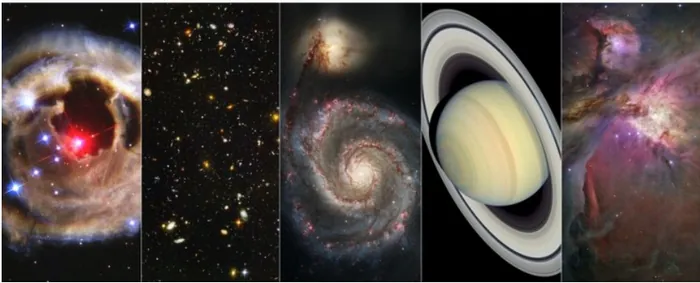
Hubble is equipped with two spectrographs, wide-angle and advanced cameras, precision guidance sensors, two, nearly 8-meter wide, solar panels, and other equipment. The orbiting telescope moves at a speed of 27,300 km/h at an altitude of about 540 km from Earth, making one revolution in about 95 minutes.
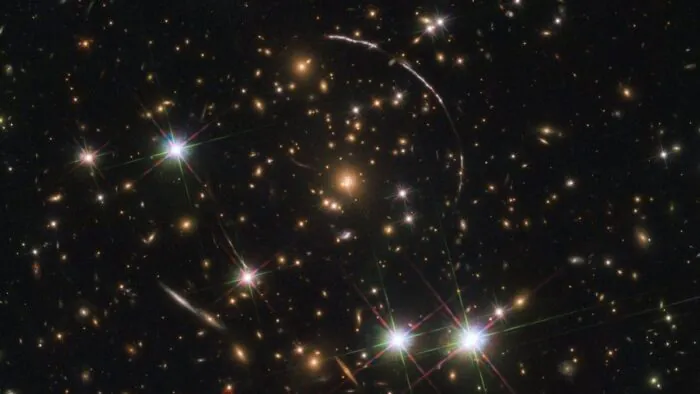
Thanks to Hubble, it was possible to determine the age of the universe – 13.8 billion years, confirm the existence of planets outside the solar system, find a possible candidate for life – Jupiter’s moon Ganymede, on which the telescope discovered a huge underground ocean under 150 kilometers of ice.
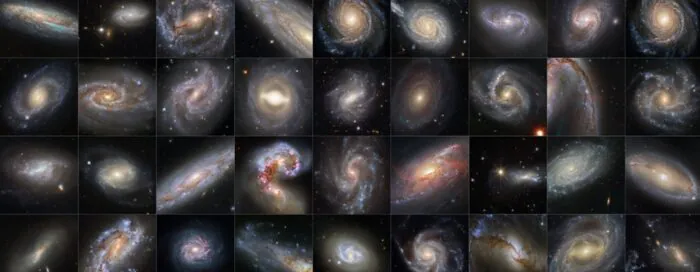
Recently, Hubble determined the mass of the largest comet ever observed by astronomers, 500 trillion tons, which is 100 thousand times the mass of a typical comet. Earlier, the spacecraft discovered a furthest star observed from the Earth.
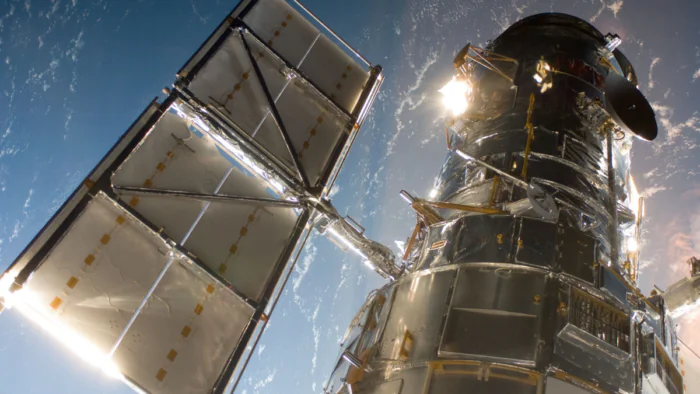
Hubble works without holidays: every 24 hours 7 days a week the telescope explores the universe. In honor of the 30th anniversary of the spacecraft in 2020, NASA has launched an interactive website called “What did Hubble see on your birthday?”, where you can choose a date and see what the telescope was looking at that day.
You can also help Ukraine fight with Russian occupants via Savelife or via an official page of the National Bank of Ukraine.
Read also:
- NASA will shut down the InSight martian probe this year
- Voyager 1 sends strange data to Earth about its location


